No products in the cart.
NEWS
Your Indoor Orchard Awaits: Growing Fruit Trees Successfully Inside
Dreaming of plucking fresh fruit right from your living room? It might sound like something out of a fairy tale, especially if you live in a cooler climate or lack a spacious backyard. However, the exciting reality is that growing fruit trees indoors is not only possible but can be a deeply rewarding experience for any plant enthusiast. While it presents unique challenges compared to outdoor cultivation, choosing the right varieties and providing attentive care means you can enjoy the beauty of fruiting trees and the taste of homegrown produce from the comfort of your home. Let’s explore the best types of fruit trees suited for indoor environments and how to cultivate your very own indoor orchard.
Why Consider Growing Fruit Trees Indoors?
Bringing fruit trees inside offers numerous benefits. It allows gardeners in cold regions to cultivate tropical or subtropical fruits that wouldn’t survive outdoors. It also provides a connection to nature and fresh food production year-round. Furthermore, many indoor fruit trees, especially citrus, offer fragrant blossoms and attractive foliage, serving as beautiful houseplants that also happen to produce edible fruit. The primary challenges involve providing adequate light, managing size, ensuring proper pollination, and meeting specific environmental needs like humidity and temperature.
Top Fruit Trees and Methods for Indoor Cultivation
Selecting the right species is the first crucial step to indoor fruiting success. Dwarf varieties are often preferred due to their manageable size, though some naturally smaller or adaptable species also thrive indoors.
Dwarf Citrus Varieties: A Popular Choice
Citrus trees are perhaps the most popular and often easiest fruit trees to grow indoors. They tolerate typical indoor conditions relatively well, fill your home with amazing fragrance when blooming, and produce delicious fruit.
The Celebrated Meyer Lemon Tree
A consistent favorite among indoor gardeners is the Meyer lemon tree. Known for its smaller size, prolific blooming, and less acidic fruit compared to common lemons, the Meyer lemon adapts beautifully to container life indoors.
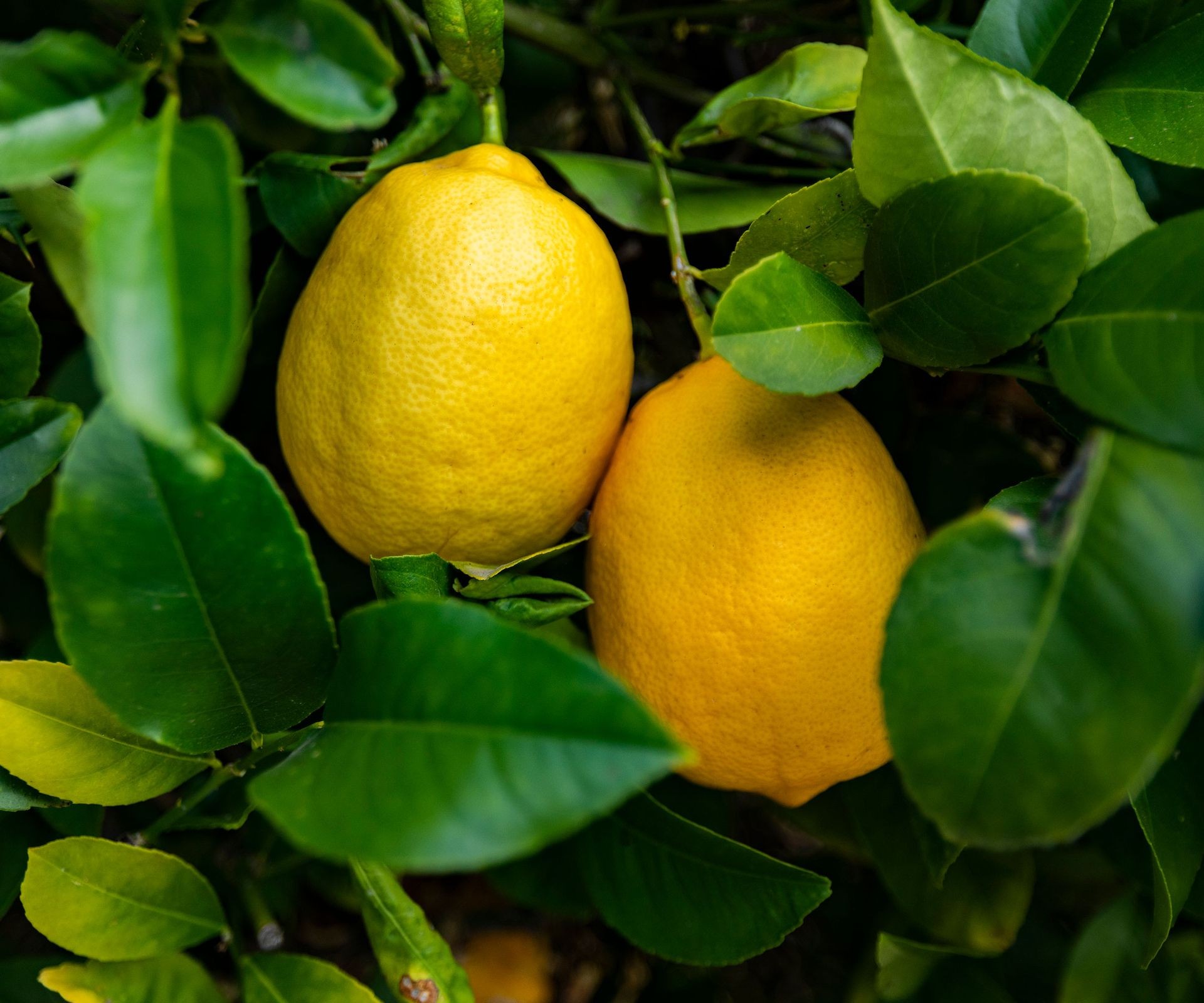 Meyer lemon tree growing in containerSuccessfully growing an indoor lemon tree, like the Meyer variety, requires ample sunlight – ideally 8-12 hours per day, often needing supplemental grow lights, especially in winter. They appreciate consistent moisture but don’t like soggy soil, and feeding with a balanced citrus fertilizer is essential for flowering and fruiting.
Meyer lemon tree growing in containerSuccessfully growing an indoor lemon tree, like the Meyer variety, requires ample sunlight – ideally 8-12 hours per day, often needing supplemental grow lights, especially in winter. They appreciate consistent moisture but don’t like soggy soil, and feeding with a balanced citrus fertilizer is essential for flowering and fruiting.
Trovita Orange and Other Adaptable Oranges
While standard orange trees grow quite large, dwarf Trovita orange trees are another excellent indoor option. This variety is notable for its ability to set fruit without needing extremely high temperatures, making it more suitable for average indoor climates than some other oranges.
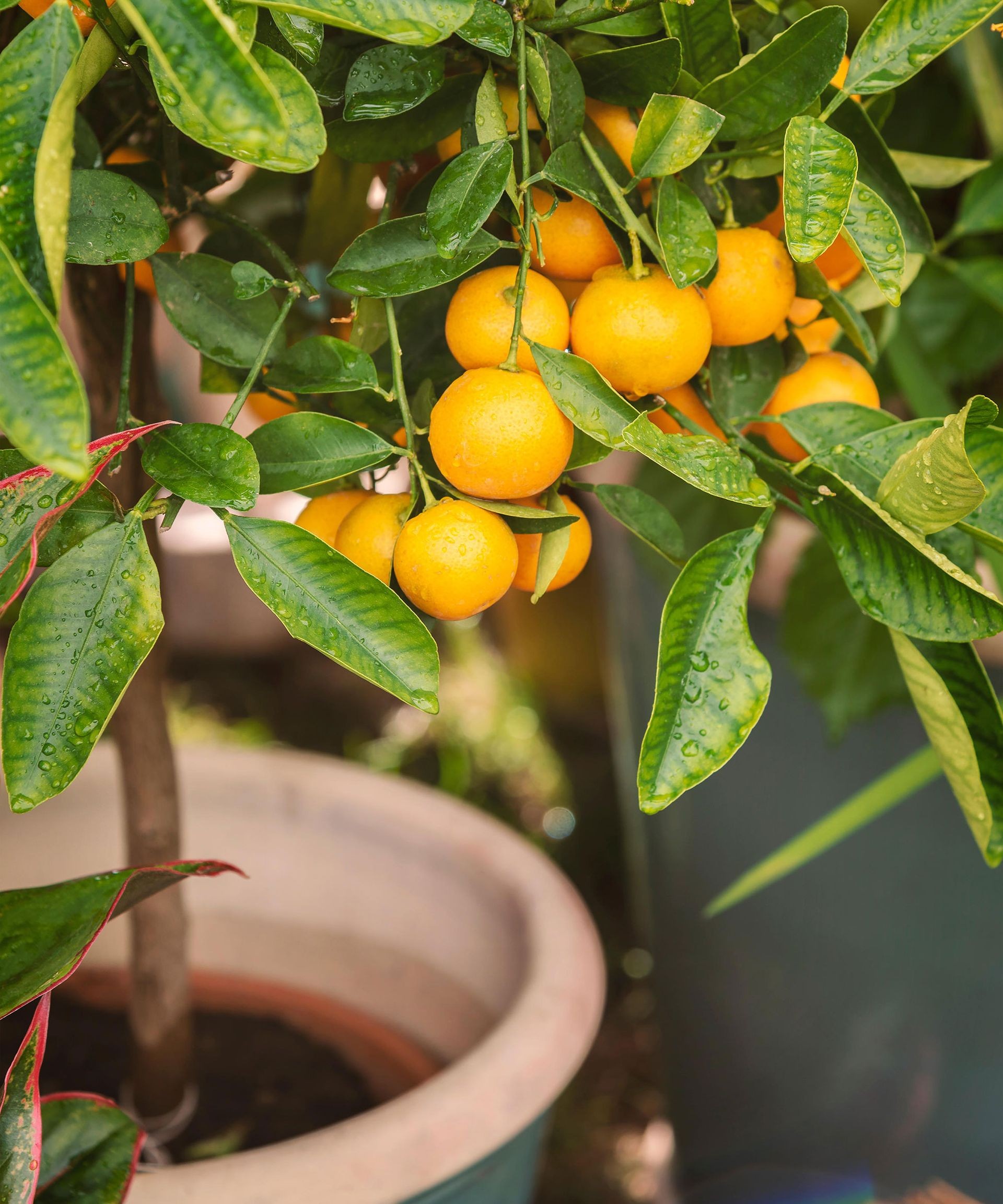 potted dwarf orange treeLike other citrus, dwarf orange trees grown in containers need bright light and careful watering. Pruning is key to maintaining a manageable size and encouraging bushier growth and fruit production. As expert growers at Biogarden emphasize, proper container size is vital – large enough to support the root system but movable if needed.
potted dwarf orange treeLike other citrus, dwarf orange trees grown in containers need bright light and careful watering. Pruning is key to maintaining a manageable size and encouraging bushier growth and fruit production. As expert growers at Biogarden emphasize, proper container size is vital – large enough to support the root system but movable if needed.
Exotic Tropical Fruits for Warm Indoor Spaces
If you can provide consistently warm temperatures and high humidity, a wider world of exotic fruits opens up for indoor growing.
Potted Papaya: A Taste of the Tropics
Growing a papaya tree indoors might seem ambitious, but it’s achievable if you can replicate tropical conditions. Papayas love heat and abundant sunshine.
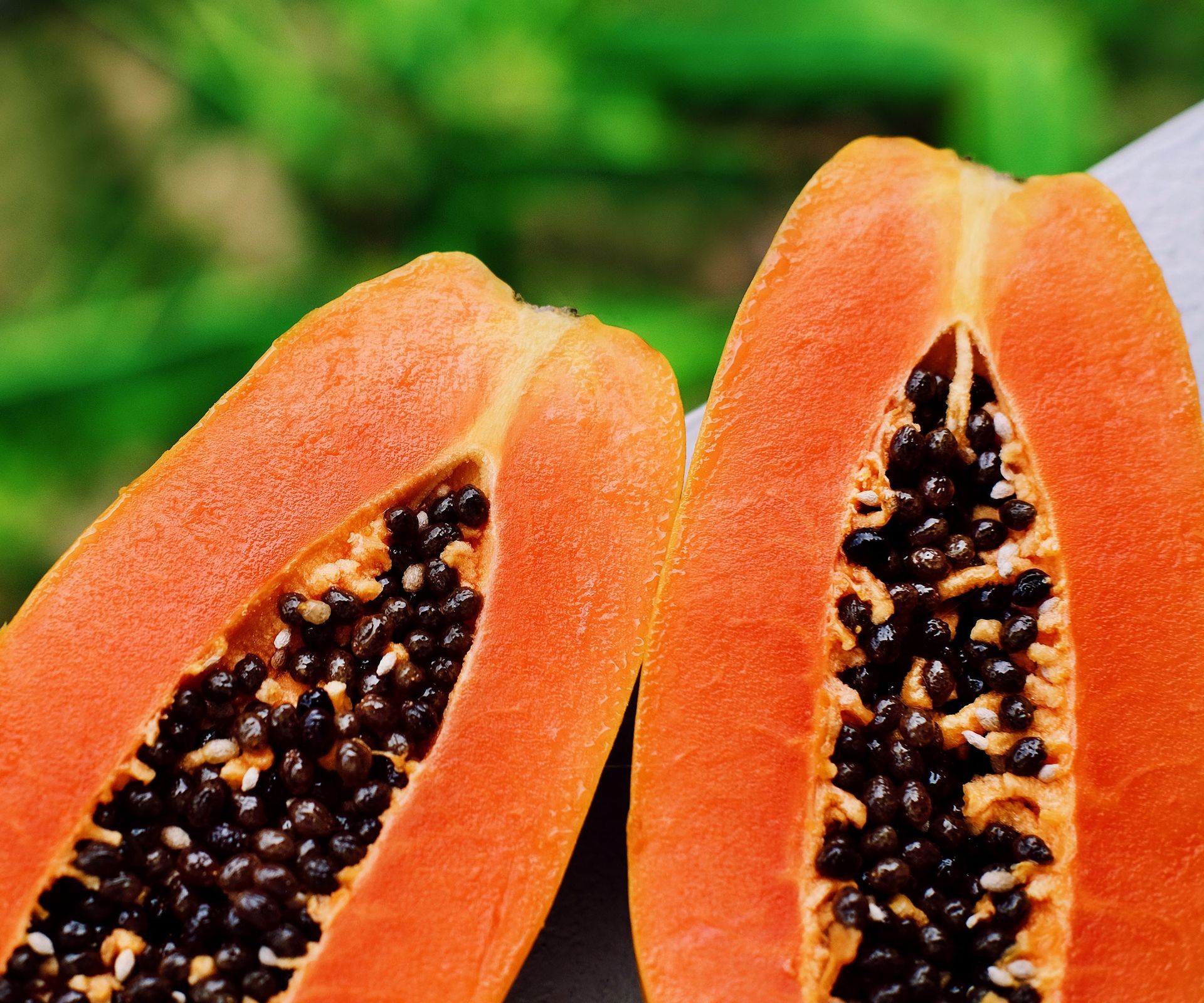 papaya fruit freshly harvestedStarting a potted indoor papaya is even possible from seeds saved from a store-bought fruit. Provide a large pot, well-draining soil, maximum light exposure, and consistent warmth to encourage growth and potential fruiting.
papaya fruit freshly harvestedStarting a potted indoor papaya is even possible from seeds saved from a store-bought fruit. Provide a large pot, well-draining soil, maximum light exposure, and consistent warmth to encourage growth and potential fruiting.
Guava Trees: Rewarding Patience
Another tropical gem suitable for indoor cultivation is the guava tree. While they can take several years (sometimes 4-5) to begin fruiting from seed or a young plant, their eventual fragrant flowers and delicious fruit are a great reward.
Indoor guava trees require a sunny spot, excellent soil drainage, and regular feeding to support flowering and fruit development. They appreciate higher humidity than many common houseplants.
Breadfruit: The High-Yielding Wonder (Requires High Heat/Humidity)
Less common as a houseplant but incredibly productive in its native climate, the breadfruit tree can be grown indoors. However, it demands very specific conditions: extremely high temperatures and consistent humidity.
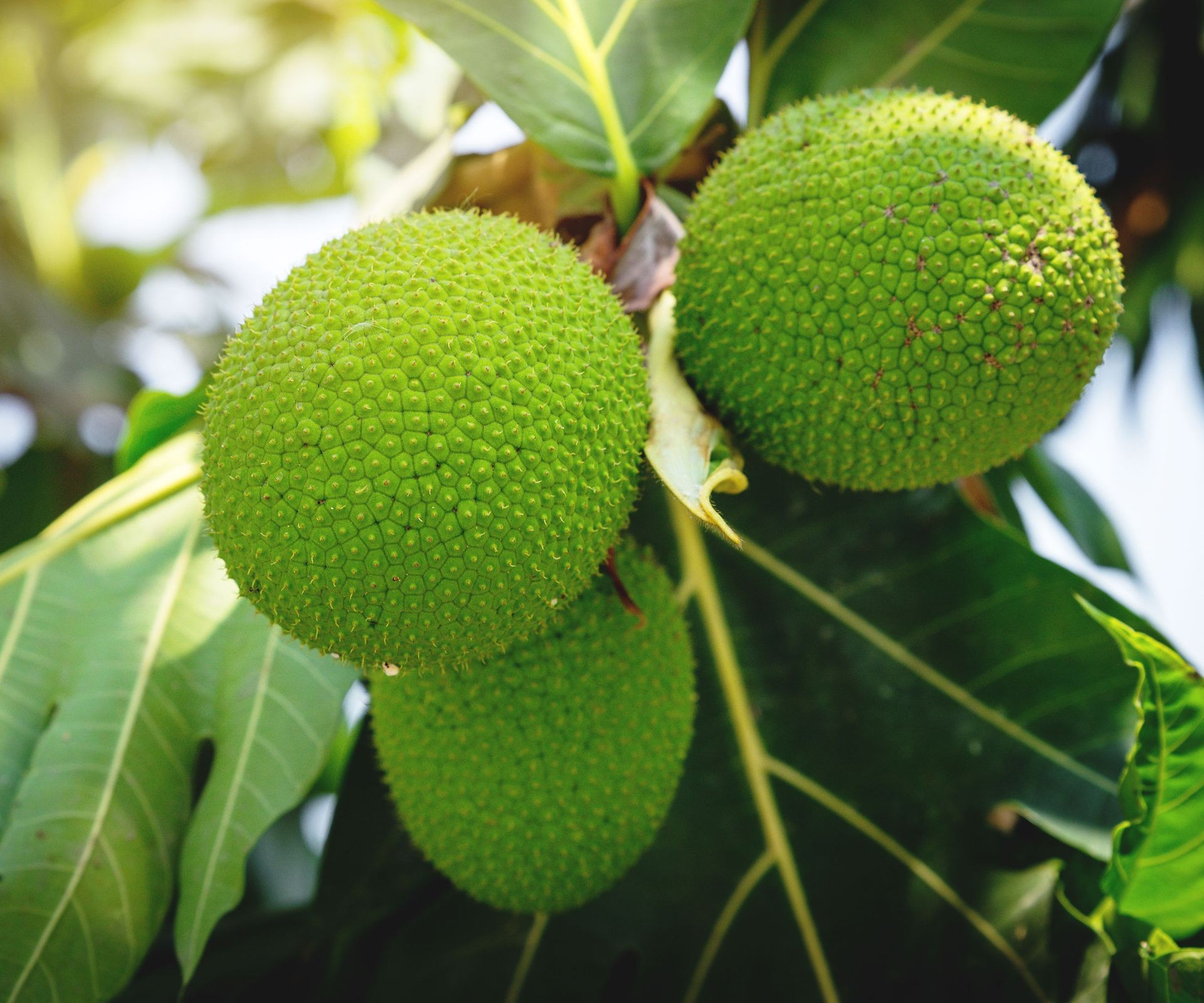 breadfruit growing on treeWhile they make interesting, large-leaved foliage plants, getting them to fruit indoors is challenging unless you can truly mimic a hot, humid tropical environment.
breadfruit growing on treeWhile they make interesting, large-leaved foliage plants, getting them to fruit indoors is challenging unless you can truly mimic a hot, humid tropical environment.
Unique Indoor Fruit Tree Options
Beyond common citrus and tropicals, several other tree types offer intriguing possibilities for indoor fruit production.
Olive Trees: Stately and Resilient
Often seen as majestic orchard trees, olive trees can also thrive indoors. Their tolerance for dry air and drier soil makes them relatively easy houseplants compared to more sensitive fruiters.
To manage their size indoors, regular severe pruning in spring is crucial. Alternatively, starting with a dwarf olive variety makes cultivation simpler. Their attractive gray-green foliage adds a touch of Mediterranean charm.
Fruit Tree Bonsai: Artful Miniatures
For a truly unique approach, consider a fruit tree grown as a bonsai. Unlike dwarf trees which are genetically smaller, bonsai are standard trees meticulously pruned and shaped to remain miniature while retaining the form of a mature tree.
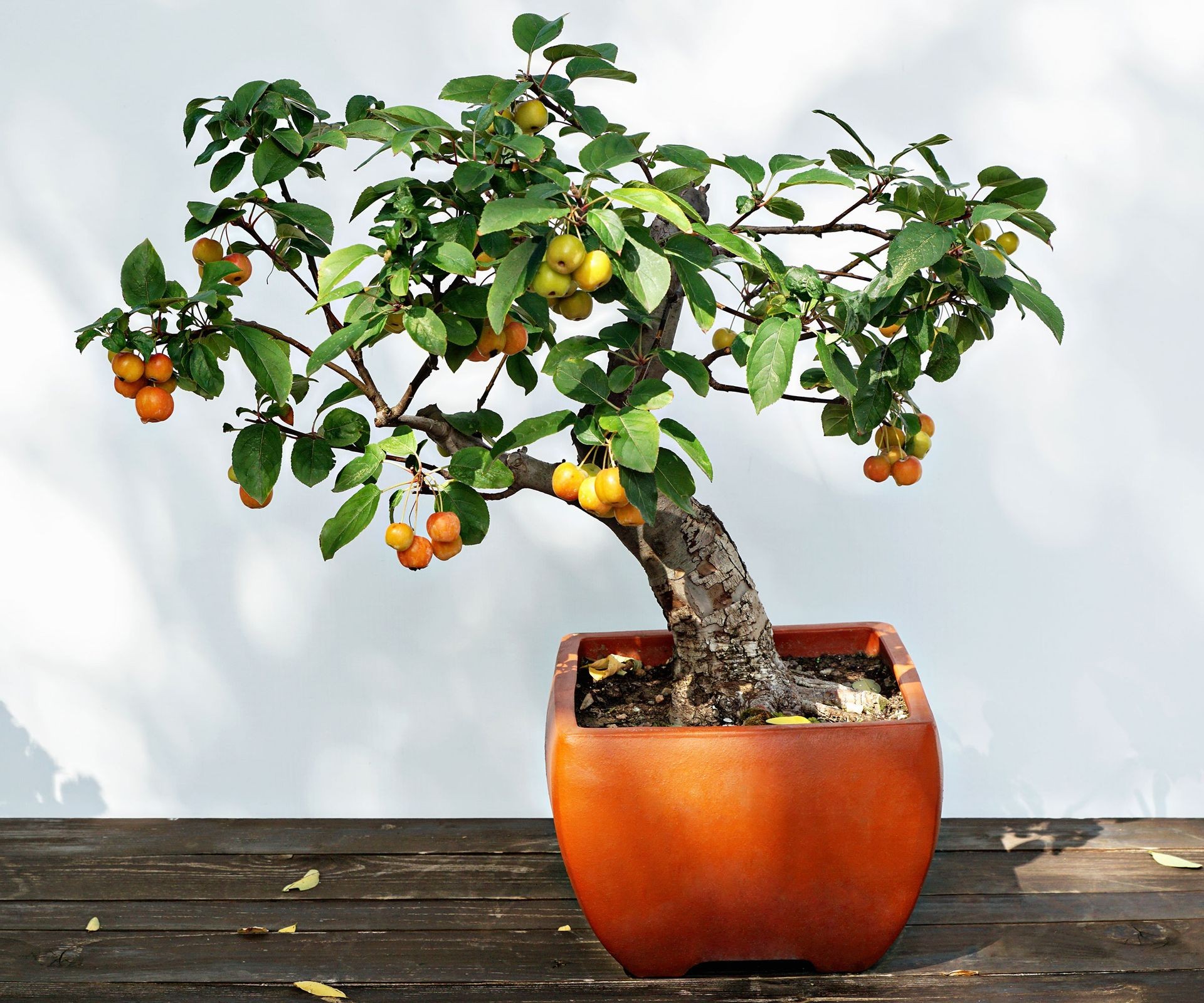 potted fruit tree grown as bonsaiMany fruit tree species, including varieties of crabapple, cherry, and even some oranges, can be cultivated as bonsai. Surprisingly, they can still produce fruit that is regular size, just fewer in number. This method requires dedication to pruning and shaping.
potted fruit tree grown as bonsaiMany fruit tree species, including varieties of crabapple, cherry, and even some oranges, can be cultivated as bonsai. Surprisingly, they can still produce fruit that is regular size, just fewer in number. This method requires dedication to pruning and shaping.
Utilizing a Greenhouse for Expanded Possibilities
If you have access to a greenhouse, your options for indoor fruit trees expand significantly. Greenhouses provide a controlled environment where you can manage temperature, humidity, and light much more effectively than in a typical home.
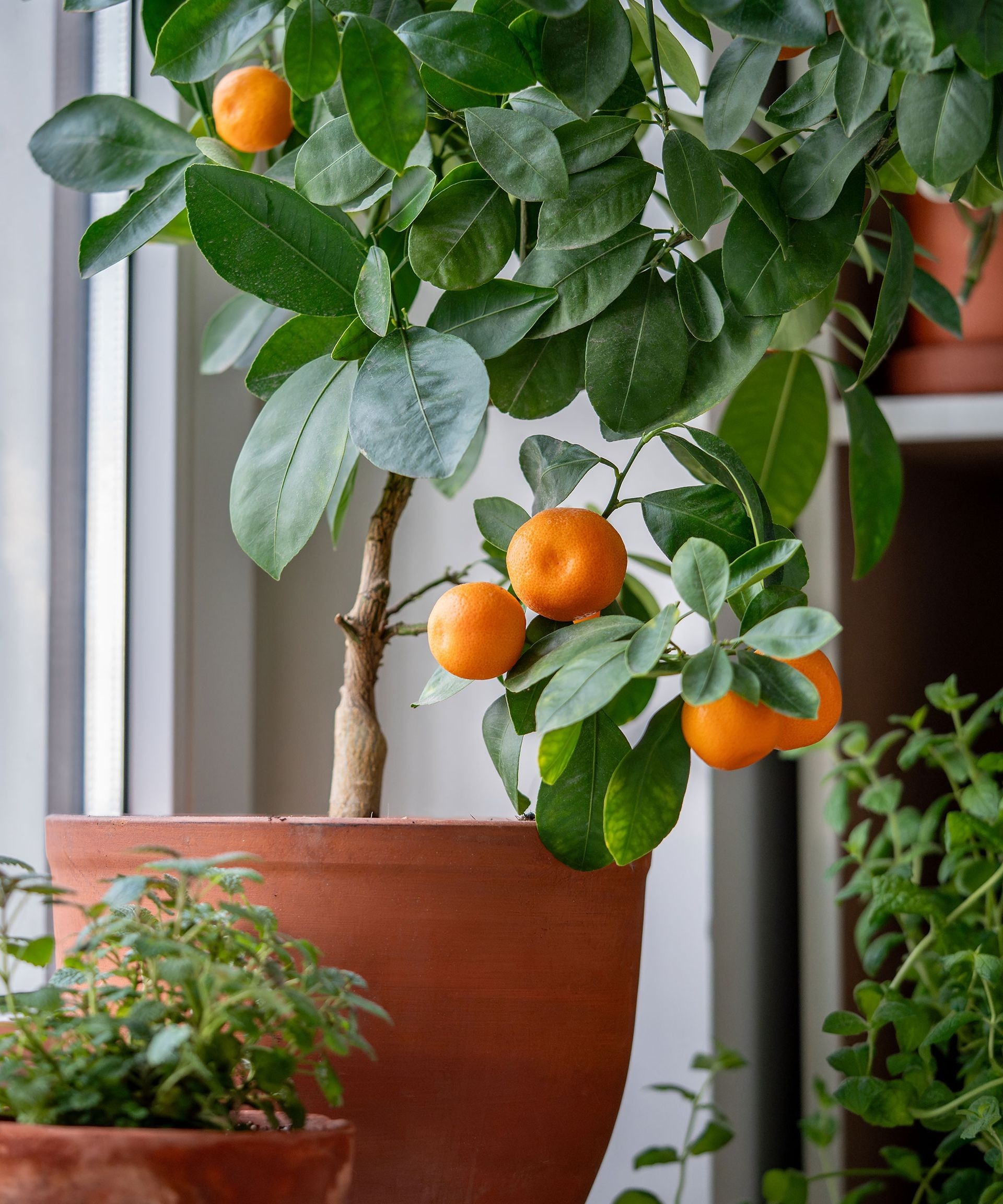 tangerine tree growing in greenhouseProvided the greenhouse is tall enough and heated during colder months, warmth-loving trees like peaches, pears, and even bananas can thrive. This allows gardeners to cultivate species that require more space or specific environmental controls than standard indoor conditions allow. Avoid trees requiring a winter chill period to set fruit unless your greenhouse can provide it.
tangerine tree growing in greenhouseProvided the greenhouse is tall enough and heated during colder months, warmth-loving trees like peaches, pears, and even bananas can thrive. This allows gardeners to cultivate species that require more space or specific environmental controls than standard indoor conditions allow. Avoid trees requiring a winter chill period to set fruit unless your greenhouse can provide it.
Essential Care Considerations for Indoor Fruit Trees
Regardless of the species, successful indoor fruit tree cultivation hinges on a few key practices:
- Light: Most fruit trees are sun-worshippers. Place them in the brightest south-facing window or supplement with powerful grow lights, especially during shorter winter days.
- Watering: Consistency is key. Water thoroughly when the top inch or two of soil feels dry, but ensure the pot drains well to prevent root rot. Adjust frequency based on temperature, humidity, and tree size.
- Soil & Container: Use a well-draining potting mix specifically formulated for containers, often with added perlite or sand. Choose a pot with drainage holes. The size should be appropriate for the tree, repotting as it grows.
- Fertilization: Fruit trees are heavy feeders, especially when trying to produce fruit. Use a balanced fertilizer designed for fruit trees, following product instructions, usually feeding during the growing season (spring and summer).
- Pollination: Some indoor fruit trees may require manual pollination, as natural pollinators like bees aren’t present indoors. Use a small brush or cotton swab to transfer pollen between flowers.
- Pruning: Regular pruning helps manage size, shape the tree, remove dead or diseased branches, and encourage better air circulation and fruit production.
- Pest & Disease Management: Monitor your trees for common houseplant pests like spider mites, aphids, or mealybugs. Address any issues promptly with appropriate methods, favoring natural or organic solutions when possible.
Conclusion: Cultivating Your Indoor Fruiting Haven
Growing fruit trees indoors is a rewarding endeavor that connects you with the process of food production and adds unique beauty to your living space. While it requires dedication to meeting the specific needs of your chosen variety – primarily light, water, and environmental control – the satisfaction of harvesting your own fruit is immense. From the fragrant blossoms of a Meyer lemon to the potential exotic yields of a papaya, the world of indoor fruit trees offers exciting possibilities for gardeners everywhere. Ready to embark on this rewarding journey? Explore the possibilities, choose a tree that fits your space and conditions, and discover how Biogarden.asia can support your indoor growing success with quality products and expert advice. Share your indoor orchard experiences with us!



